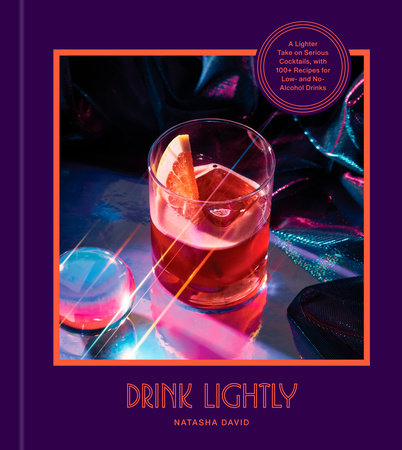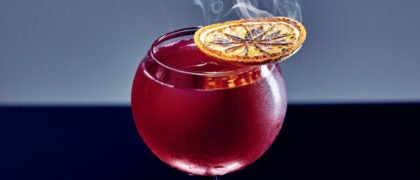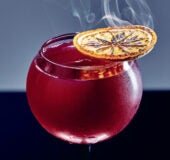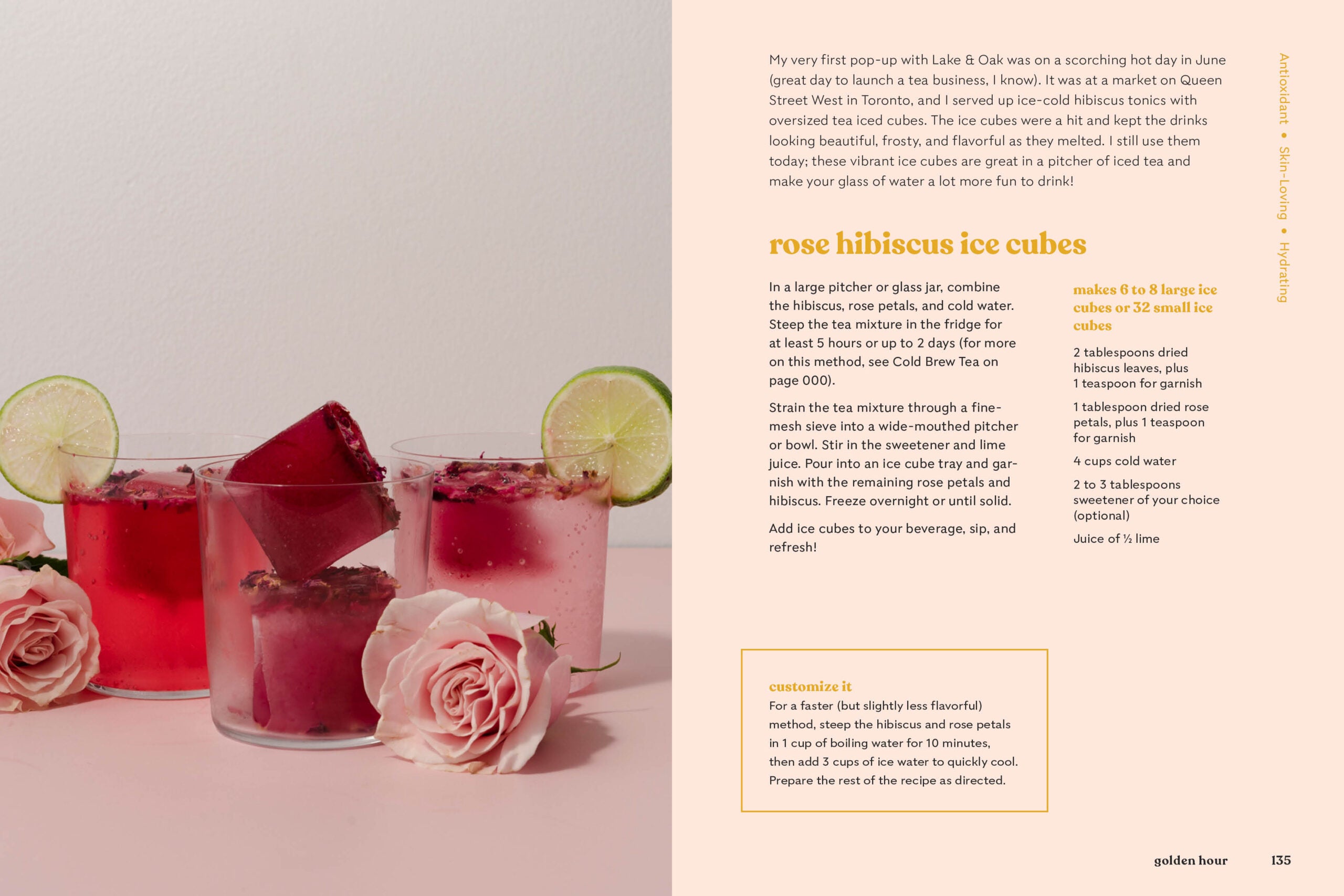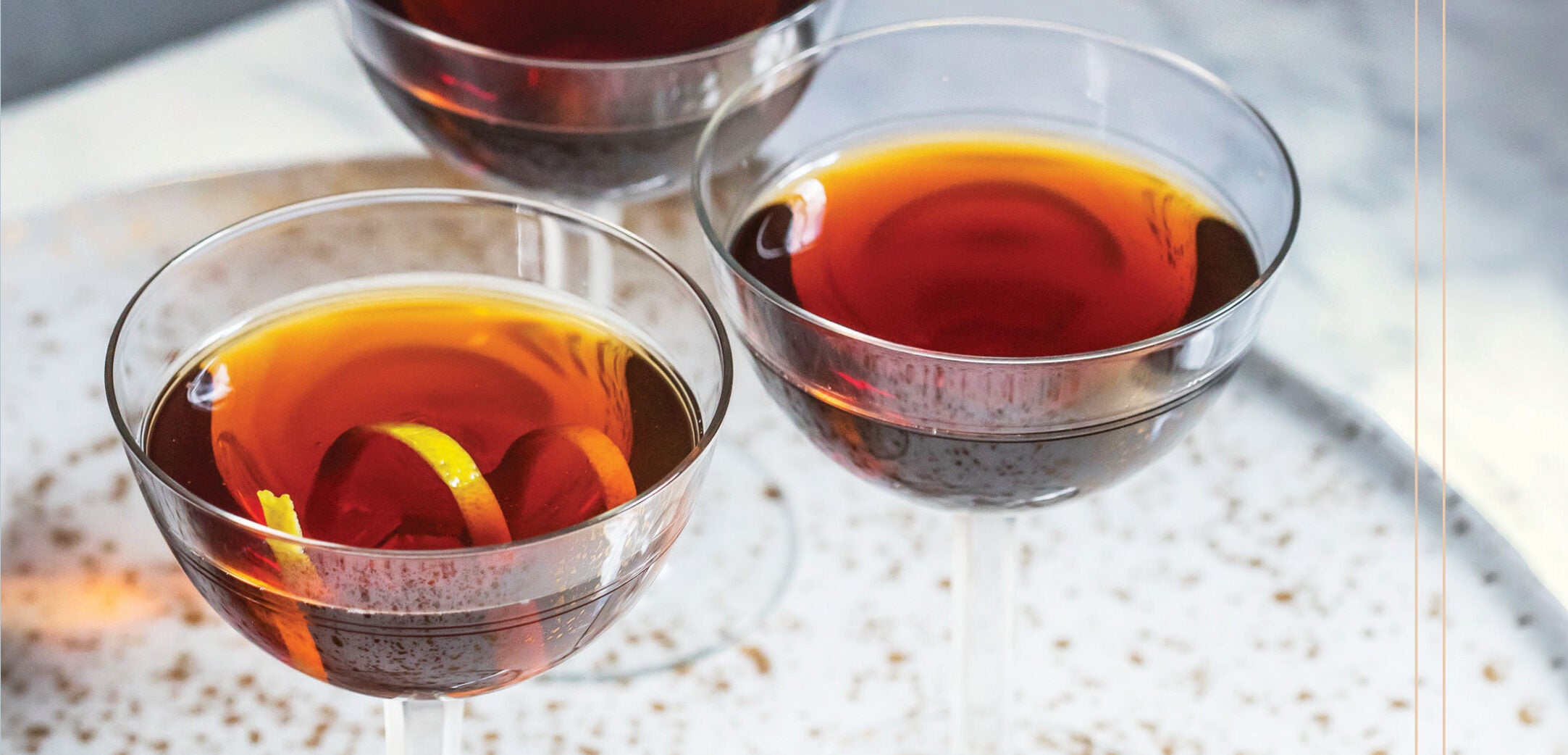Origin Story
A little about meI guess one could say it all goes back to the white wine spritz.
I grew up in a vibrant and diverse household. Both my parents are classical musicians. My Japanese-American mother is a concert pianist, while my Israeli father is a conductor. Though based in Germany, my childhood was spent traveling the world’s opera houses and concert halls while making stops to spend weeks with family around the globe. As a family, we communicated in a mumble-jumble of languages and ate plates of hodgepodge food, or mishmash as we affectionately called our everyday stir-fry pasta with leftover turmeric chicken. Classical music filled our house at all times (I didn’t discover pop music until I was ten years old—thanks, MTV), and my parents entertained guests often. My mother’s dinner parties were legendary—friends and family (myself included) would beg her to cook her famous meals, elegant dishes like baked salmon with parsley sauce and perfectly crisped potatoes followed by a dessert spread of cheesecake, chocolate almond cake, red wine–poached pears, and whipped cream (yes, I said spread!). While cooking, my mother would have her hair in a loose, low bun, an apron cinching her waist just so, and on the kitchen counterwas the somehow always half-full
gespritzte glass of white wine (with way more bubbly water than wine, a ratio she still stands by today). I remember always thinking how glamorous and effortless my mother looked while prepping for her parties. My play kitchen soon churned out elaborate four-course meals in the style of my mother, and I couldn’t wait to grow up and host real dinner parties of my own,
gespritzte glass of white wine and all.
Many of my father’s work trips were to Italy, most frequently Venice. The beautiful opera house Teatro La Fenice served as my playground. I spent rehearsals running up and down its hallways, hiding behind costume trunks and under grand pianos. Opening nights were a big deal, and my mother would put my sister and me in dresses she often sewed herself. After the premiere, the cast would gather at the local Chinese restaurant and celebrate. By the end of the meal, I always ended up with my head in my mother’s lap, the tables strewn with tumblers filled with some sort of red liquid and an orange slice. Of course, I would later learn that this mysterious elixir was a Campari and Soda.
New Year’s was spent at my grandmother’s house (on my mother’s side) in Berkeley, California, and celebrated the Japanese way with my grandmother hosting a
shogatsu party, an impressive feast attended by family and friends. We’d spend days preparing all of the traditional dishes, such as kuromame (sweet black soy beans), gobo (burdock root), and of course platters of sushi and sashimi. Once guests arrived and the sake was warmed, I was always tasked with walking around and filling everyone’s glasses.
I was eleven years old and living in Rome when my parents separated. Not knowing where to go next, my mother pulled out a map of the United States, then asked me to close my eyes and point at a state. My finger landed on Washington State, and so my mother and I packed up and moved to Seattle, not knowing anything about the city or anyone who lived there (my sister was on her own journey of self-discovery attending university in Massachusetts). That first year was difficult. While we’d never exactly fit in anywhere before, for the first time in my life I felt like I was living in a foreign land. But after some time, we started to settle in, we slowly made new friends, and soon my mother returned to the kitchen, her white wine spritz in one hand, her other sprinkling herbed salt on a fillet of salmon. We were back in a groove, gathered around our dinner table.
At eighteen, I moved to New York City to attend New York University as a theater major. The move also marked my first job in the hospitality industry. With a recommendation from my sister, who was a regular at the bar, I somehow found myself bartending in an Irish pub in the East Village. I had zero professional hospitality experience (wait, how do you know what table gets what food? Table numbers? Amazing!) and quickly learned that being a gracious host went a long way when I had no idea how to make the Cosmos my guests requested. Within a few short months, I was well versed in pouring a Guinness and could fumble my way through the round of Kamikaze shots my Saturday regulars ordered.
After working every front-of-house position imaginable in the service industry—coat check, cocktail waitress in six-inch heels, host—I landed a job as a server at a little restaurant in NoHo that would change my life. Sure, I eventually married the bartender there, but it was my career that took a big 180. I soon found myself bartending brunches, churning out Mimosas and Blue Woo’s, an ungodly sweet mixture of blueberry schnapps and cranberry juice. Eventually, I became the assistant general manager. At that point, I was one year post-graduation from NYU, spending my days auditioning and my nights at the restaurant. I slowly started dreading my auditions and instead looked forward to a busy Friday-night service. Not long after, I parted ways with my talent agents and decided I wanted to do this restaurant and bar thing full-time. It was during this moment of recalibrating my life that I was offered my first real cocktail bartending gig. Ready for a change and for the chance to learn a new skill set, I jumped at the opportunity. In bars I’d worked in previously, the use of a jigger meant a nitpicky owner who forbade their staff to free-pour and look “cool” (and if we are being honest with ourselves, half the reason anyone wants to be a bartender is to look cool). In this setting, however, the jigger was a tool willingly used
by the bartender to ensure balanced cocktail creation. Bar spoons weren’t just for grabbing hardto-reach olives out of a jar; they were used to stir cocktails, because apparently some drinks were stirred and some were shaken! I didn’t know it at the time, but I was training with some of the best in the biz. My eyes were opened to a whole new world of bartending and spirits. I remember taking my first sip of a properly made Manhattan—stirred with fresh vermouth, rye whiskey, a dash of Angostura bitters and garnished with a crimson brandy-soaked cherry pierced by a bamboo cocktail pick. It felt like new taste buds sprang into action. That bottle of Campari, which had collected dust at all my other bar gigs, could be turned into Negronis. Fresh lime juice was mixed with sugar and rum to make the most delicious, frothy Daiquiri. Dry vermouth was an actual ingredient in a Martini, not some stale liquid that one seasoned a glass with, and sherry wasn’t some warm, overly sweet cough syrup, as I had thought, but an incredibly varied and complex fortified wine. Also—fortified wine! A discovery that led me to this crazy journey of making low-proof cocktails.
I dove headfirst into studying classic cocktails and their structure (see page 83, Inspired by the Greats). I started visiting other bars and examined their menus with a fine-tooth comb. I tasted and tasted and tasted. My guests seemed as thrilled as I was! This wasn’t just drinking for drinking’s sake; this was an experience to relish, to savor and enjoy, and maybe most important, it was an experience I wanted to share with others.
At the end of my shifts, while others slung back shots of overproof whiskey, all I craved was a refreshing, comforting drink—a glass filled with ice, a couple ounces of white wine, and a generous slug of bubbly seltzer. My mother’s
Gespritzte of my childhood. Often too embarrassed to drink this “old lady drink,” I would give in and down half a shot of the whiskey.
Over the years that followed, I honed my skill behind many wonderful bars such as Maison Premiere and Mayahuel, until I partnered with my dear friends Alex Day and David Kaplan to open Nitecap in 2014. Though the bar itself was small, I always had big dreams for Nitecap. Yes, of course, the drinks had to be phenomenal, the menu design innovative, and the décor inviting. But my dream was far more than that. I envisioned Nitecap as a true home and refuge for its staff, a safe space that encouraged and celebrated collaboration, political discourse, and creativity.
Within a few weeks of opening I realized I needed something in the space to anchor those sentiments, and so a disco ball was hung. The disco ball was small in size and was connected to a remote control, allowing the staff to turn it on whenever they felt like the energy needed a little lift or to make a rendition of “Happy Birthday” that much more special. It was always, without fail, a unifying moment for everyone in the room—a shared moment of joy.
Copyright © 2022 by Natasha David. All rights reserved. No part of this excerpt may be reproduced or reprinted without permission in writing from the publisher.





